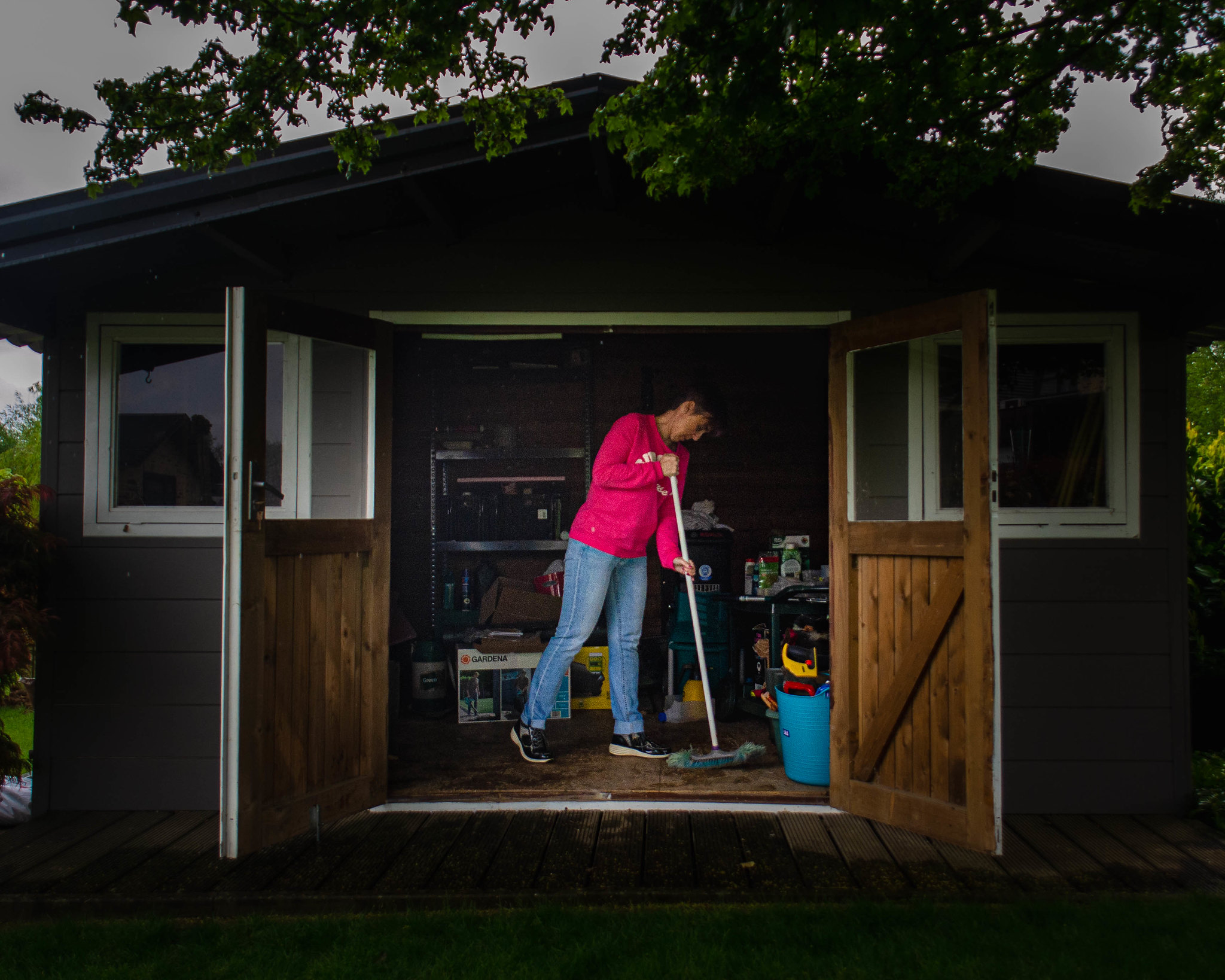Photographers use a wide range of tried and tested techniques to make their pictures stand out. The term “framing” in photography describes a composition technique. Photography composition techniques focus on methods related to arranging elements and adding context to photographs to achieve specific results. With the framing technique, you use various objects to create one or more frames around the main subject to draw immediate interest in that framed area.
Contents
How Does Framing Improve Photographs?
You might as well ask yourself how picture frames and mats improve pictures? Although both protect the pictures from damage, they also perform the same function as the framing photography composition technique:
Framing in photography attracts an audience and narrows focus.
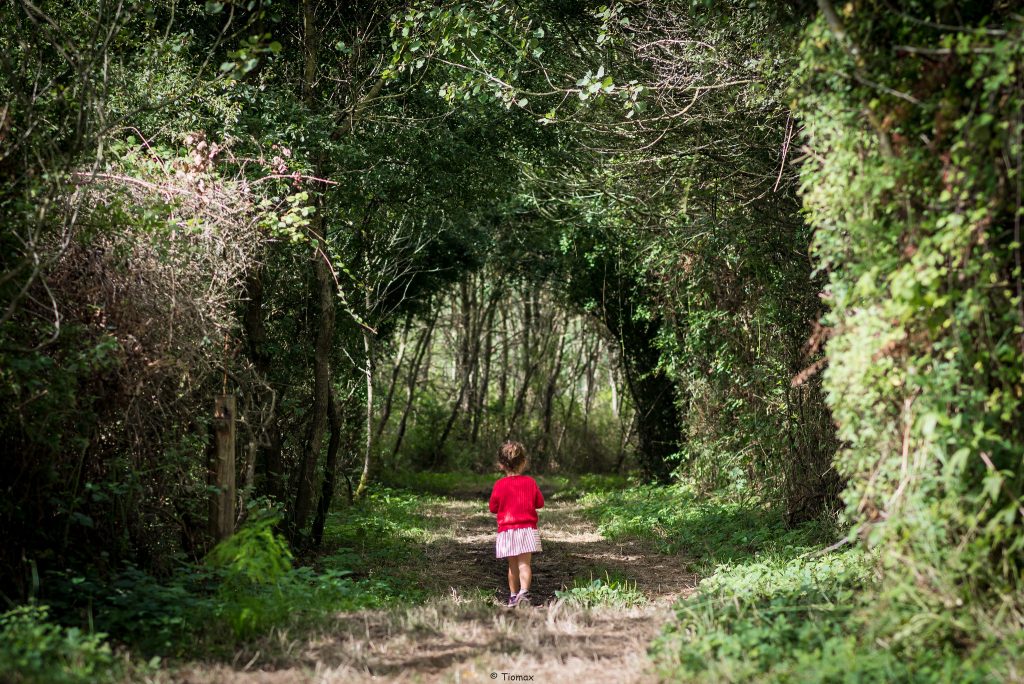
Carriage horses are often outfitted with blinders or blinkers that cover a portion of their eyes on the sides so that their attention stays ahead. The framing method provides this same advantage. As a photographer, you can use framing to direct the focus of anyone who looks at your beautiful photos.
Framing can make the experience feel three dimensional
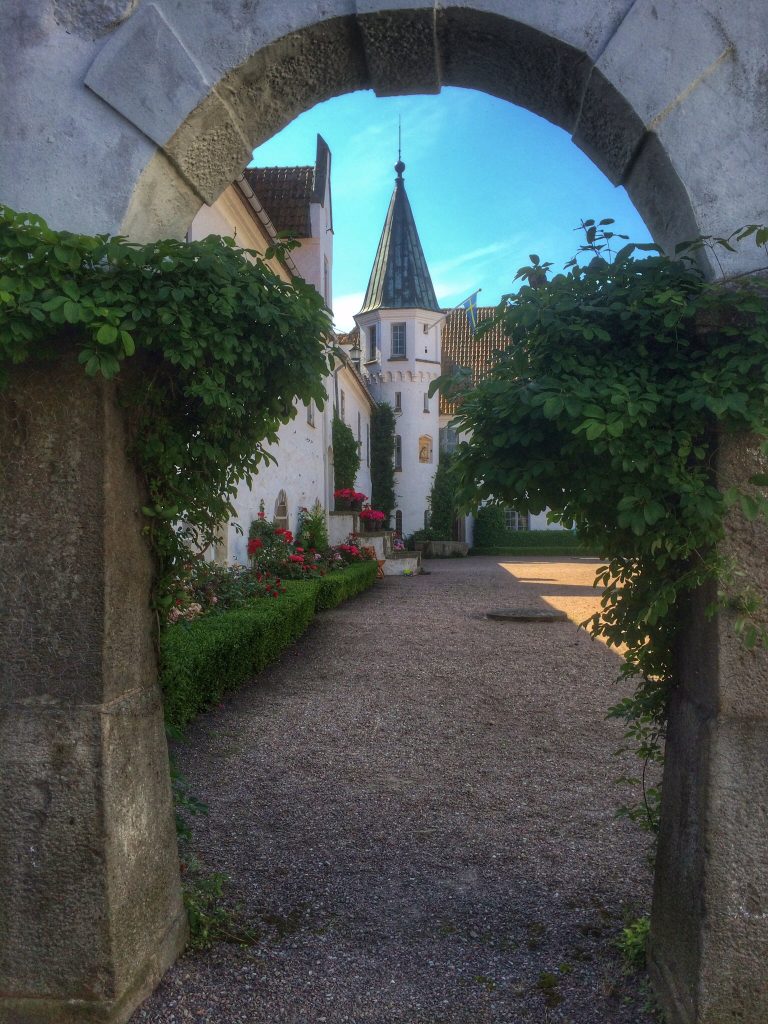
When you look at a framed print that has both picture and mat frames, the display forces you to feel as if you’re looking through a window at an area in a different space. These physical frames produce depth. When you use objects in a photograph to frame a subject, you produce additional depth. Imagine looking through a spyglass at a figure in the distance. The tube acts as a frame. In an image, framing also draws your eyes from the foreground to the subject “within” the framed area. Suddenly, you’re viewing a two-dimensional image as a three-dimensional experience.
Framing can help you reveal an idea or a message, story or theme.

Photographers don’t merely take pictures of things that interest them at any given moment. In many instances, they take photos with a larger “picture” in mind. They might want to reveal through their subject a symbol of a happy event, seasonal change, or social problem. For example, the framing of a newborn in the above photo is drawing attention to the child as a source of happiness for new parents or grandparents, or they might produce a series of photos focused on winter that frame specific winter birds.
Common Objects Used for Framing Subjects
Before you can start framing subjects, you obviously need to know what objects work well for this purpose. The truth is that any object that forms a frame around a subject is suitable. The camera lens is actually a type of framing that you add additional framing to beyond it. These additional objects are commonly used as frames:
Personal Props
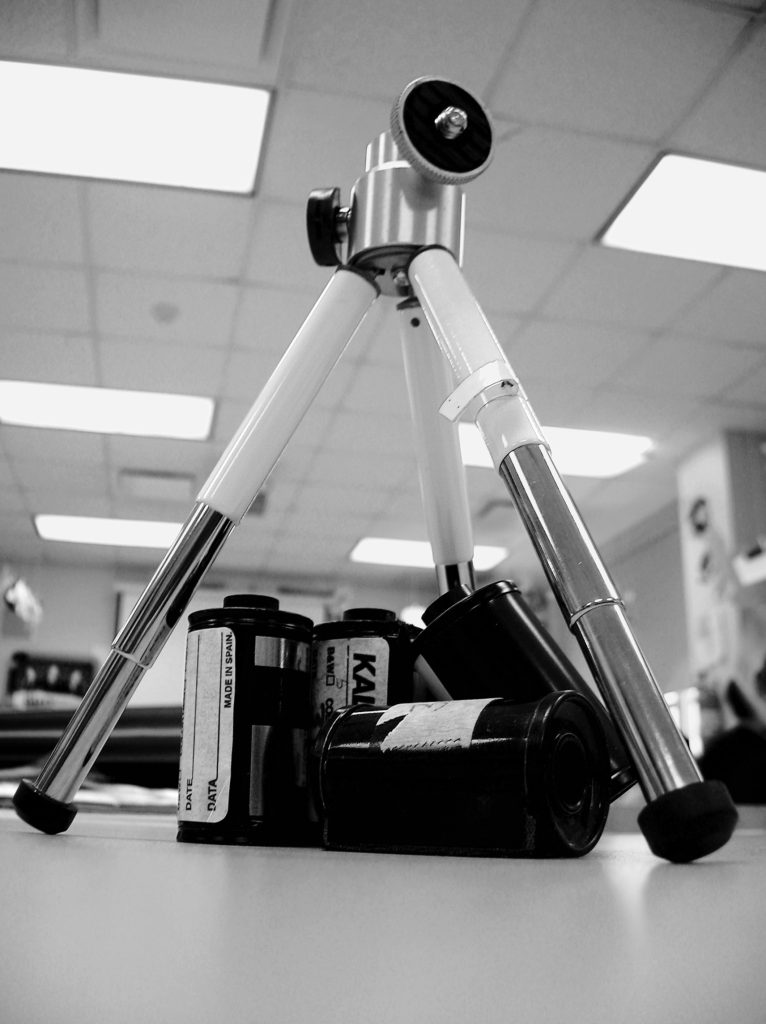
If you can’t find something to use as a frame in a shot, then all you need to do is use a separate object in front of the lens. For example, you might use a ring or keyring, coffee cup sleeve, straw or tube, paperclip folded into a triangle, eyeglasses, or even a piece of paper or cardboard cut into a specific geometric shape.
Natural Elements
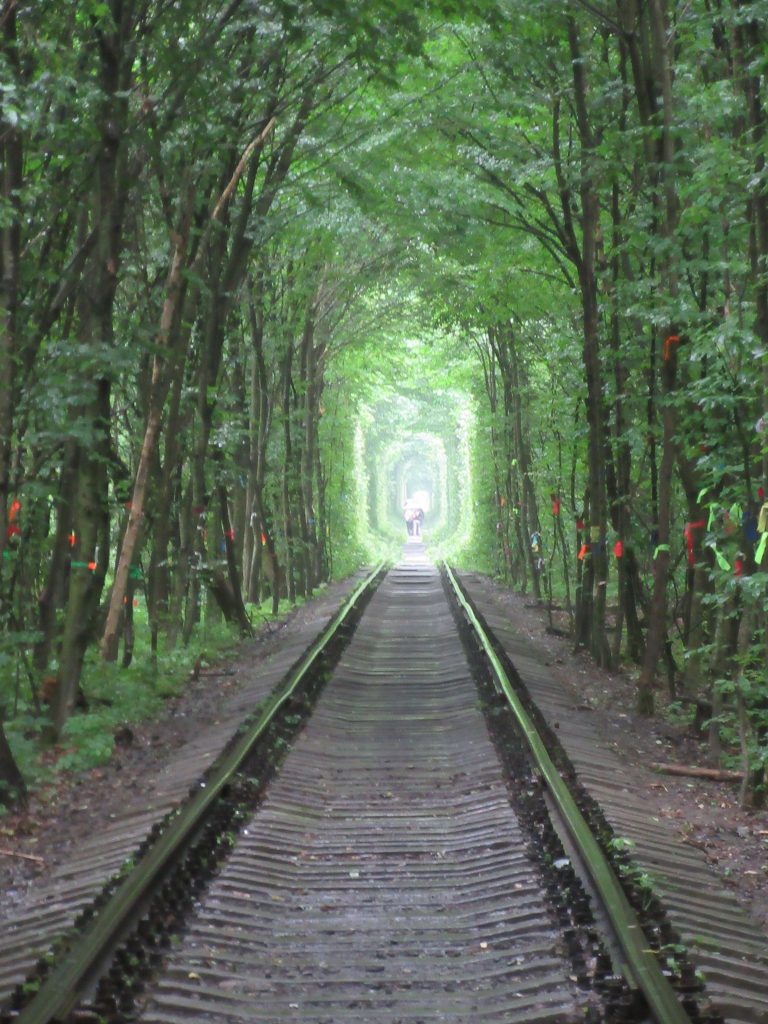
Anything natural in a scene, such as branches, flowers, a hole in a tree or log or even light can serve as framing. For example, one of the most famous natural frames in framing photography is merely a long trail of trees and branches cut and grown to form arches along a section of railway in Ukraine. The area is referred to as the “Tunnel of Love.” The natural elements force you to look down the length of old industrial railway tracks to a distant point at the center of the field.
Light is another element that you can use when because human eyes naturally look too bright spots that are surrounded by darker areas. For example, you might take a photograph of your subject in sunlight with shadows around them, such as in an indoor setting where the light comes through a window and shines only on one spot. You might also use your camera settings and distance to your subject in the foreground to focus only on the foreground by blurring the background, which is known as a bokeh technique.
Unnatural Elements
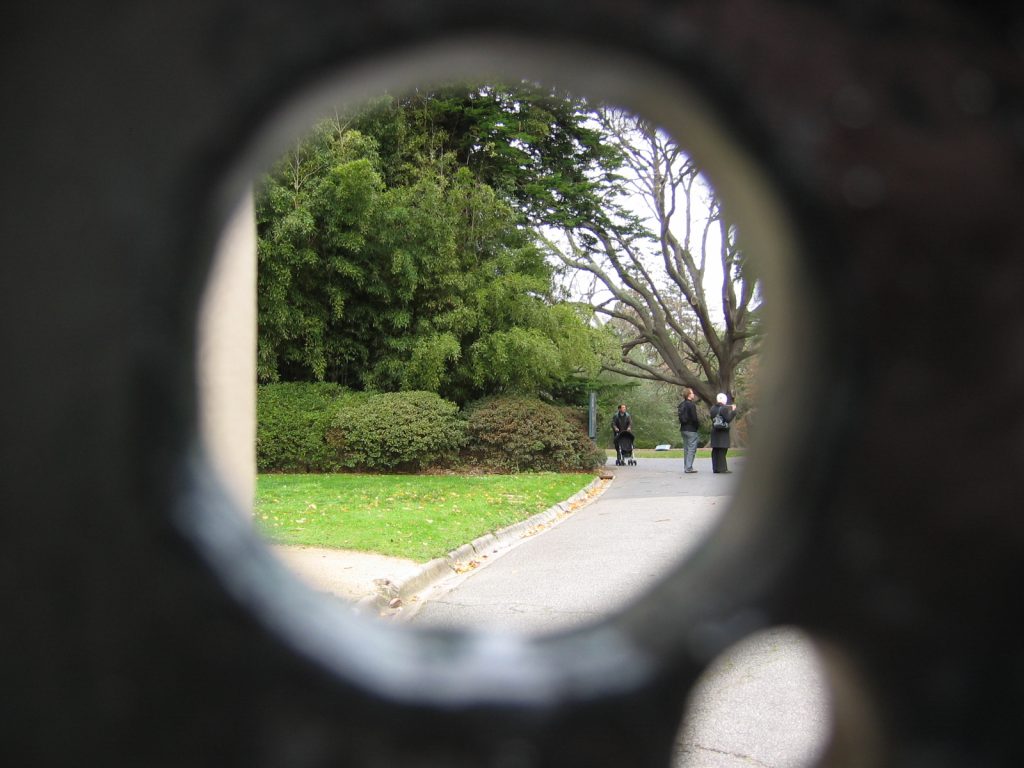
Anything created by humans within a scene can be used as framing. Unlike personal props, these objects already exist next to your subject. You might use them for drawing attention to the subject only or enhance the idea, message, story, or theme you’re attempting to express through your photograph.
Popular objects in framing photography are usually architectural or decorative and act as perfect frames because they contain gaps, holes, or geometric borders, such as windows and window panes, doors and keyholes, passageways, arches, curtains, banners, holiday decorations, fences, chain links, matboard, and sculptures. You can also use reflective polygon, polyhedron, and other geometric objects, such as mirrors and glass balls, respectively, to focus on a subject.
Framing Tips and Tricks For The Best Results
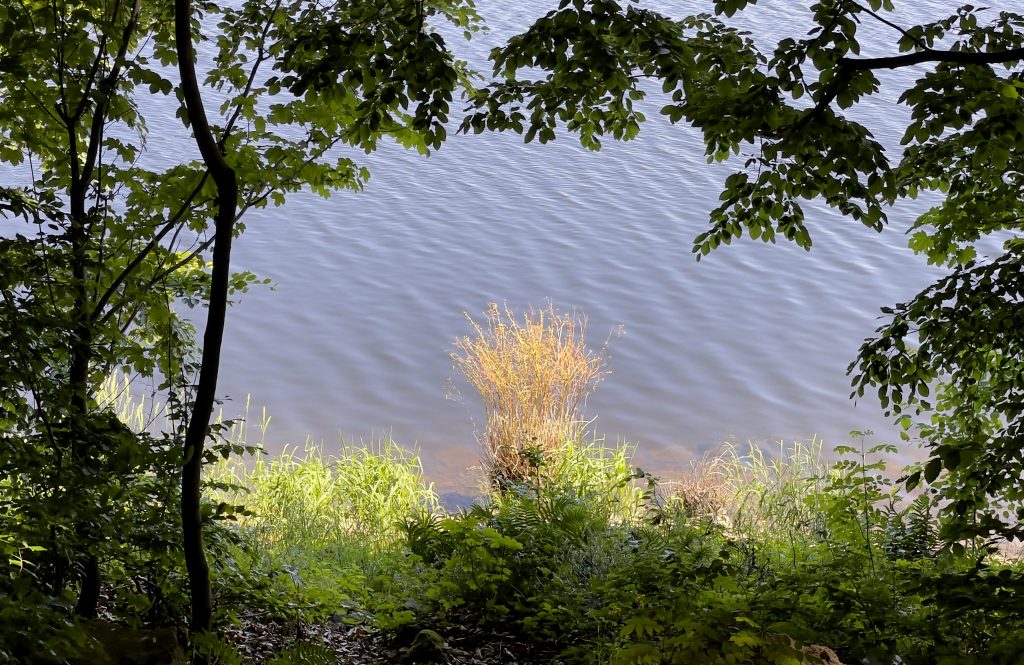
The first thing you must do is decide how much distance you want between your subject and your audience. Once you know exactly where you want your audience to look when they’re viewing your photo, then you can choose the right framing or frames from your props, camera settings, or the scene.
Before you take a shot, remember the following:
- You can use more than one frame. As mentioned earlier, people use a matboard in addition to a picture frame to better direct attention and aid in creating the illusion of depth and distance. You can do the same within the scene of a photograph. You can insert a frame within a frame by using similar or dissimilar objects. For instance, you might frame a subject in a doorway at the end of a hallway that features multiple doorways leading to the last one. This choice places attention primarily on the subject and also creates the illusion of a vast distance between the camera and the subject no matter the actual distance.
- Never place the focal point of the shot on anything other than your subject when doing framing photography. If you use multiple frames, you might accidentally place attention on something else nearby. Always remember that your subject is the only priority. If you attempt multiple frames and find that your eyes drift to anything else in a scene, then you’ve accidentally framed the wrong area. You can also lose focus on the subject if the frame or frames are too bright or too in focus. The frame should have a slightly hazy quality in both distant and up-close scenarios unless you want the attention somewhat on both as part of a statement.
- Use movement to frame a subject. You can use both natural and unnatural elements that move to make a frame. For instance, if you’re photographing a soccer match and you want the focal point to be on one player, you might take shots as other players pass by and use the blur created by their movement to frame your subject. You can do the same with vehicles driving by and even wind moving the branches and leaves of trees. This type of photography framing can test your patience as you must wait for the exact perfect moment to take the shot unless your camera features a burst or continuous shooting mode that rapidly takes photos automatically in succession.
Framing in Photography Is an Imaginative Process
As you can see in this guide, this type of image photography composition technique provides you with endless options for focusing on subjects in any scene you want to capture using this medium. If you can imagine how the final image might look when you have focused on your subject, you can actually make that image with ease once you pick one or more frames.
Framing techniques also go well beyond still shots. You can frame in video recordings as well. You don’t need a high-end, expensive digital camera either these days to produce stunning still images or videos. Many people have created amazing shots of everything from sunrises to the fall of raindrops with nothing more than a high-quality cell phone, camera app, and framing technique.
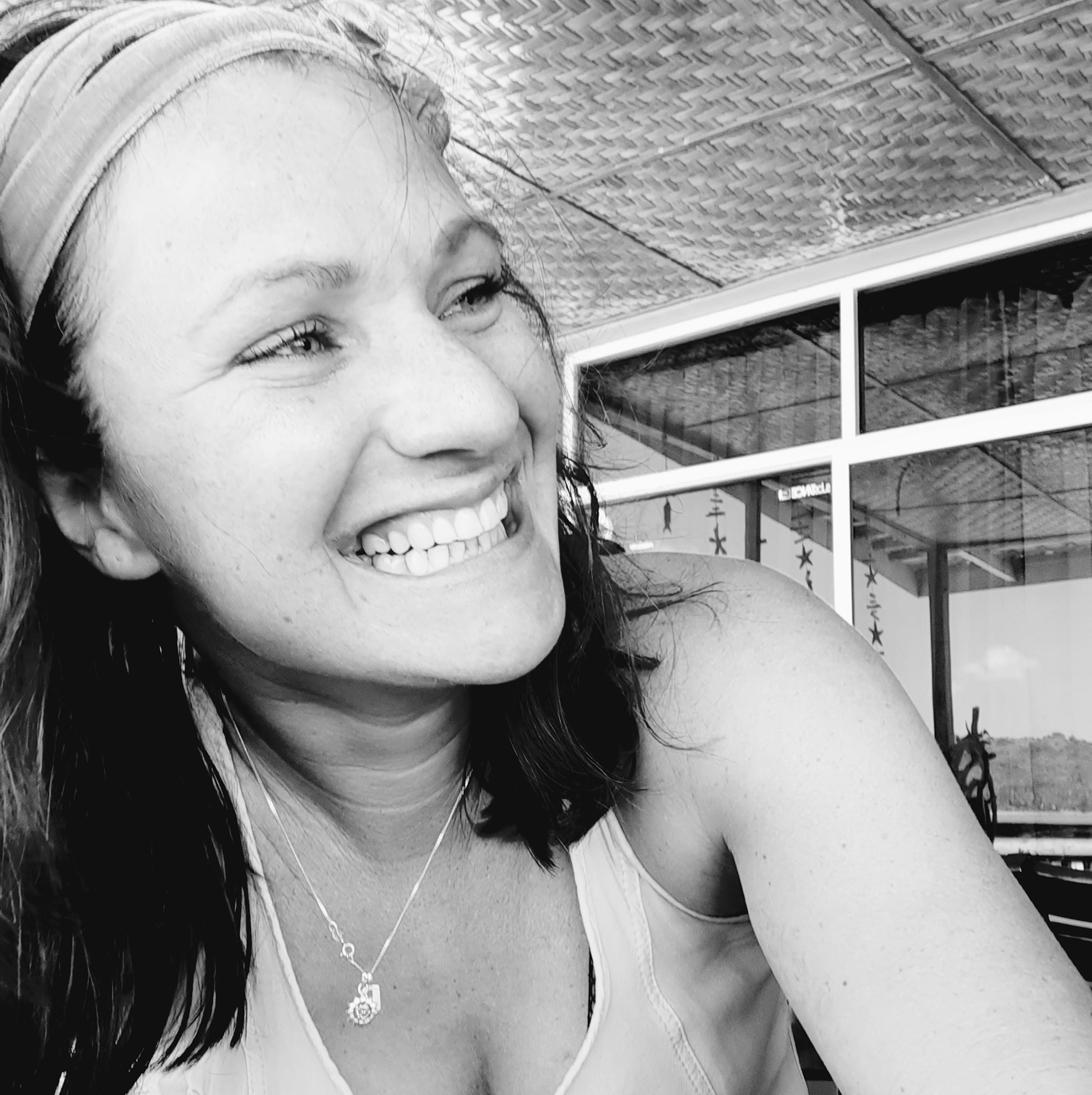
About Author
Rachel Noël is a professional photographer and videographer from the UK with over 10+ years of experience. Rachel specializes in Underwater, Tavel & Portrait photography among other areas.
